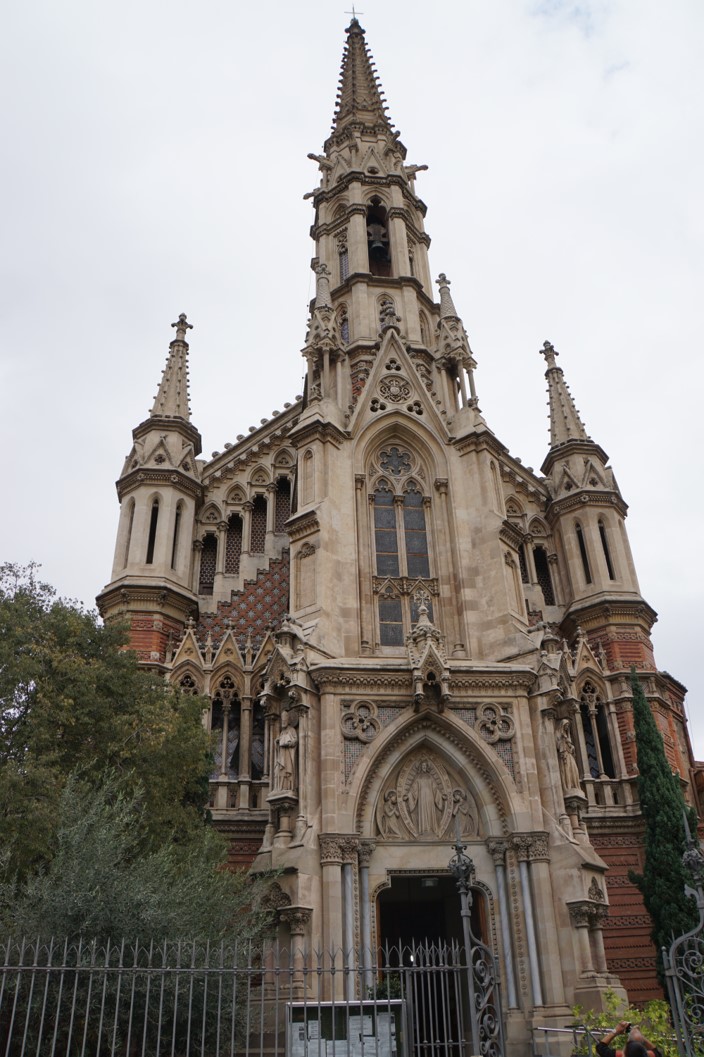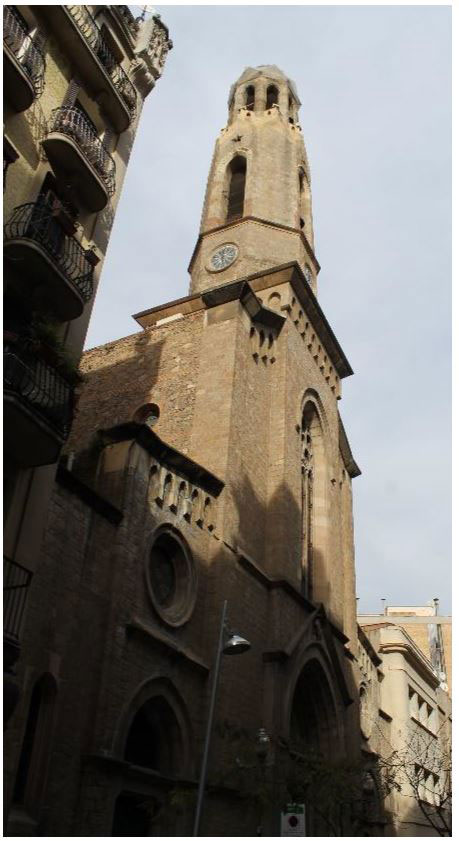
BRIEF HISTORY
The Romanic temple was constructed in 932. During the 12th c. the original temple was remodeled and expanded. From the Romanic temple only rest an original wall in the South facade.
In 1679, it started the new construction of the church on top of the old temple. It was at this time when the bell tower was constructed on the right side of the main facade. In 1692 the high of the tower bell was increased.
After the Spanish Civil War, it was carried out an exterior remodeling trying to reproduce the church from 1691.


St Genis H01
St Genis H02


ARCHITECTURAL FEATURES AND GEOMETRY




St Genis G01
St Genis G02
St Genis G03
St Genis G04




DAMAGES AND DIAGNOSIS
In general, the church is in a good state of conservation and it doesn’t have any stability problems.
Probably, the lateral cracks in the nave are due to incompatibility problems.





St Genis D01
St Genis D02
St Genis D03
St Genis D04
St Genis D05








































